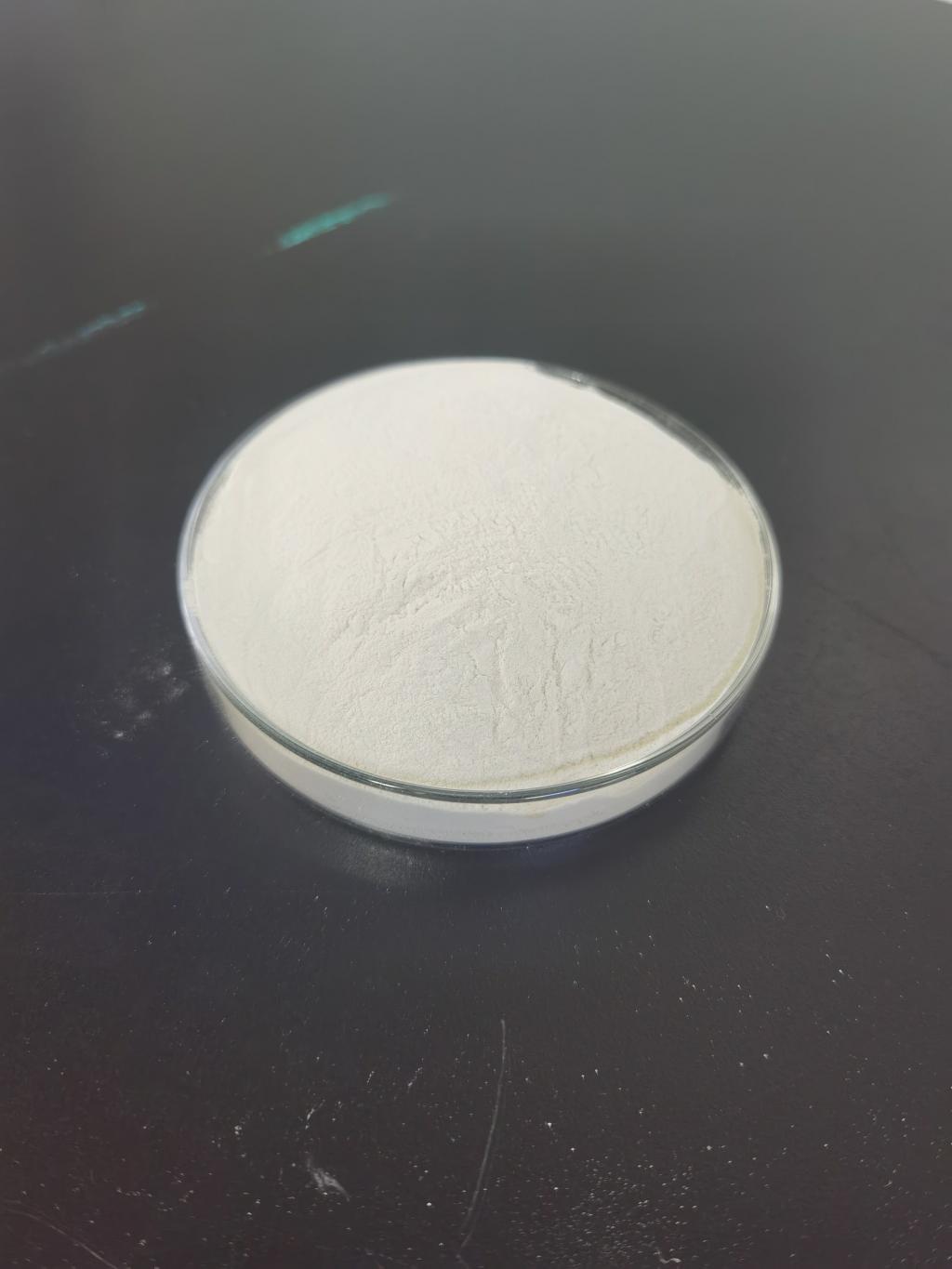Tel:+8618231198596

News
 CONTACT
CONTACT
 CONTACT
CONTACT
- Linkman:Linda Yao
- Tel: +8618231198596
- Email:linda.yao@dcpharma.cn
- Linkman:CHARLES.WANG
- Department:Overseas
- Tel: 0086 0311-85537378 0086 0311-85539701
News
Nisin's Adoption in Community-Supported Agriculture (CSA) Models
TIME:2024-02-02
Introduction:
Community-Supported Agriculture (CSA) has emerged as a powerful alternative to conventional food distribution systems, fostering direct relationships between farmers and consumers. As CSA models gain traction, the incorporation of innovative technologies, such as natural preservatives like nisin, offers an opportunity to address challenges related to food safety, shelf life, and overall sustainability. This article delves into the dynamics of nisin's adoption in CSA models, exploring its potential benefits and considerations.
Overview of Community-Supported Agriculture (CSA):
CSA models involve a direct partnership between farmers and community members, where consumers subscribe to receive regular shares of fresh produce directly from local farms. This approach not only supports local agriculture but also promotes transparency, community engagement, and a deeper connection between consumers and the sources of their food.
The Need for Food Safety in CSA:
While CSA models prioritize local and fresh produce, ensuring food safety remains a paramount concern. Local and organic farming practices, while beneficial, may expose produce to microbial contamination. As CSA products often bypass conventional distribution channels, implementing effective food safety measures within the local farm-to-consumer supply chain becomes imperative.
Nisin as a Natural Preservative:
Nisin, a natural antimicrobial peptide, has demonstrated significant potential as a food preservative. Its ability to combat a broad spectrum of bacteria, particularly Gram-positive bacteria, makes it an attractive option for enhancing food safety without resorting to synthetic chemicals. The incorporation of nisin aligns with the principles of organic and sustainable farming, offering an alternative to traditional preservatives.
Benefits of Nisin in CSA Models:
a. Extended Shelf Life: The natural preservative properties of nisin contribute to the extension of the shelf life of fresh produce. This is particularly valuable in CSA models, where consumers receive periodic shares of produce, reducing the likelihood of waste due to spoilage.
b. Minimized Chemical Inputs: Nisin's natural origin aligns with the principles of organic farming, minimizing the reliance on synthetic chemicals. This resonates with consumers seeking clean and sustainable agricultural practices.
c. Enhanced Food Safety: The antimicrobial efficacy of nisin reduces the risk of foodborne pathogens, ensuring that CSA members receive produce with a lower microbial load. This contributes to a safer and healthier local food supply.
d. Support for Small-Scale Farmers: The adoption of nisin in CSA models can benefit small-scale farmers by providing a tool to enhance the quality and safety of their produce. This can contribute to the economic sustainability of local farming communities.
Considerations and Challenges:
a. Regulatory Compliance: The regulatory landscape surrounding the use of nisin in agriculture needs consideration. Ensuring compliance with organic certifications and local regulations is essential for the successful adoption of nisin in CSA models.
b. Consumer Perception: Educating consumers about the benefits and safety of nisin is crucial. Transparent communication about the natural origin and mode of action of nisin can address potential concerns and build trust within the community.
c. Collaboration with Food Scientists: Integrating nisin into CSA models may require collaboration with food scientists to optimize its application, dosage, and compatibility with different crops. This interdisciplinary approach ensures effective and safe implementation.
Case Studies: Successful Integration of Nisin in CSA Models:
Exploring case studies where nisin has been successfully integrated into CSA models provides valuable insights into best practices, challenges faced, and the overall impact on the local food system. Examining diverse examples from different regions highlights the adaptability of nisin in various agricultural contexts.
Future Directions and Research Opportunities:
The adoption of nisin in CSA models opens avenues for further research and innovation. Future studies could focus on optimizing application methods, exploring synergies with other natural preservatives, and investigating the potential impact on soil health and microbiota. Collaborative research initiatives can drive the continuous improvement of nisin's role in enhancing food safety and sustainability within local communities.
Conclusion:
The integration of nisin into Community-Supported Agriculture models presents an exciting opportunity to elevate the standards of food safety, sustainability, and community resilience. By aligning with the principles of organic farming and supporting small-scale producers, nisin contributes to the ethos of CSA models. Addressing regulatory considerations, fostering consumer understanding, and leveraging collaborative efforts between farmers and food scientists will be crucial in realizing the full potential of nisin in enhancing local food systems through CSA. As the agricultural landscape continues to evolve, the adoption of natural preservatives like nisin stands as a testament to the commitment of local communities towards fostering a healthier, safer, and more sustainable food future.
- Tel:+8618231198596
- Whatsapp:18231198596
- Chat With Skype







